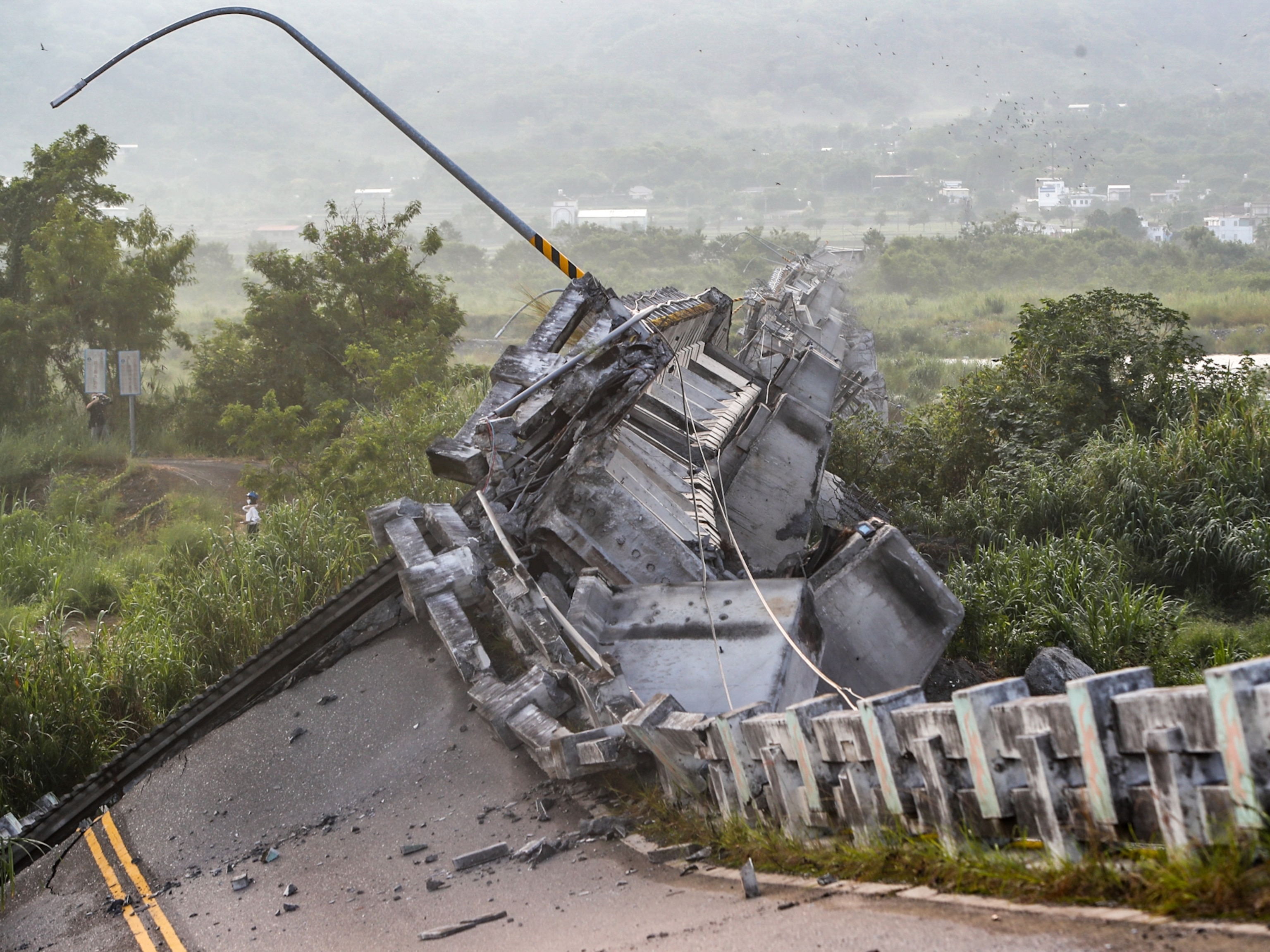
Musings: Q. Sakamaki Seeks the Soul Behind the Scene
Q. Sakamaki began his photojournalism career covering the the Thompkins Square Park Riots in New York City in the late 1980’s. He has since documented everything from the aftermath of conflict in South Sudan, to the civil war in Burma, to the survivors of the Haitian earthquake and the Japanese tsunami, all of which he has captured masterfully.
What I wanted to talk to him about, however, were his Instagrams.

If you check out Sakamaki’s Instagram feed, you’ll notice that over the last few months he’s been posting complex, evocative images from his travels in Japan, where he was born and raised. The street scenes feel suspended in time, fixed in a kind of enduring catalogue of encounters.
“I feel something soulful, like I’m touching some human emotion behind the scene. If I’m shooting a building or a landscape, I feel something behind there like a spirit of nature, or a spirit of the human soul,” Sakamaki says about making images with his phone.

He’s always seeking that depth of emotion, and he thinks it’s more accessible when he works with the Hipstamatic app. The process, he says, reminds him of shooting with film except that it’s cheaper and faster. “Before shooting, I decide which digital Hipstamatic lens to use, which film to use, so I feel like I’m shooting back to the film age.” Working in this format, somewhere in between the old and the new, frees him to break out of his role as a photojournalist. “I feel more freedom,” he says.

“Many people say about photojournalism, ‘We have to be very objective.’ Of course I understand we have to be very objective, but we are always behind the scenes. We always have our own idea, our own identity.”


Sakamaki is influenced by photographers Deborah Turbeville, Takuma Nakahira, and Eikoh Hosoe, who made their names through experimental work and fashion. That cross-pollination of inspiration is something that he carries with him when he’s making Instagrams. “I don’t like to be defined by my photography—like photo documentary, or photojournalism, or personal. It always overlaps.”

Before the advent of mobile photography, Sakamaki experimented with film, playing with motion blur and double exposures. That’s something I still see in his work. He says now, rather than layer different images, he’d rather just capture the same feeling in one frame.
“I feel more like shooting just one shot. At the same time, I want to put something like a taste of double exposure, that’s why I love the reflection. Because the image of our life is not simple, it’s very complicated. It’s not black and white, so there are always many gray zones, many different ideas, many different environments. So showing that, creating different images, I can bring many different types of elements, sometimes people compete, sometimes they conflict with each other—it shows the reality of our world. That’s why I love the reflection and probably why I use them in my Instagrams.”


Sakamaki has only been seriously exploring iPhone photography for a little over a year. He still carries other cameras, both film and digital, but he sees the iPhone as a tool for branching out, for allowing pre-determined genres to bleed together, and for pushing himself to new photographic places. “Part of my aim is to combine my own identity with so-called photo documentary and even photojournalism. I would like to get to a point which I haven’t reached yet. So Instagram might be a way, a process to get there.”
Q. Sakamaki is represented by Redux Pictures. To see more of his work, visit his website and follow him on Instagram.



